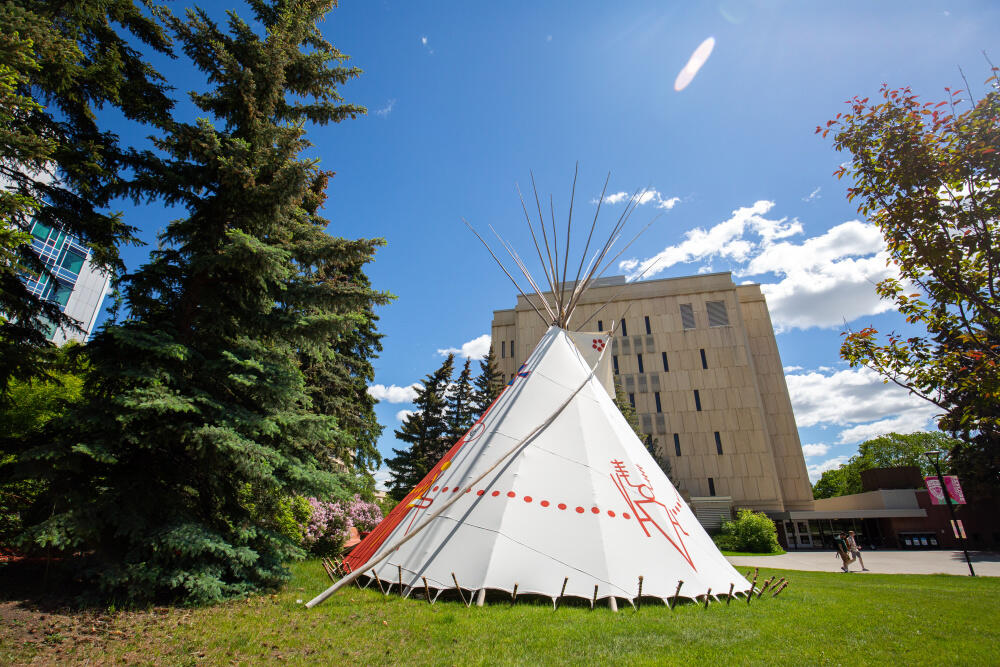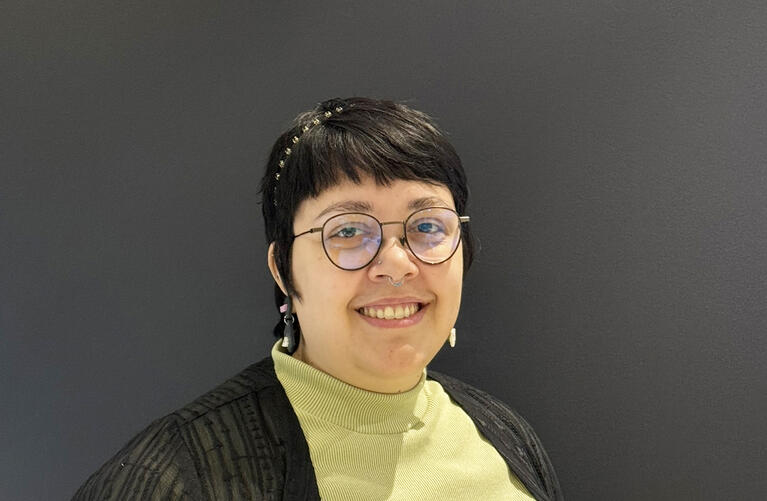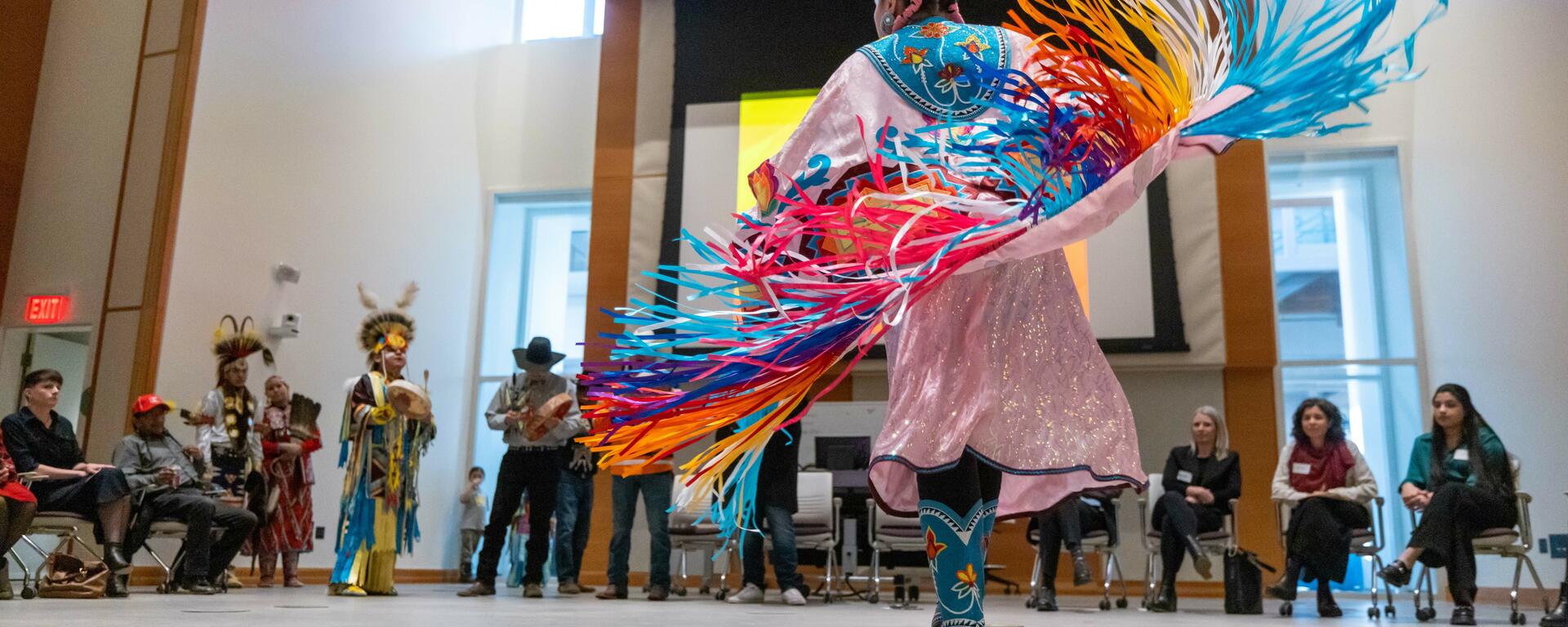Welcome to the University of Calgary
The University of Calgary, located in the heart of Southern Alberta, both acknowledges and pays tribute to the traditional territories of the peoples of Treaty 7, which include the Blackfoot Confederacy (comprised of the Siksika, the Piikani, and the Kainai First Nations), the Tsuut’ina First Nation, and the Stoney Nakoda (including Chiniki, Bearspaw, and Goodstoney First Nations). The City of Calgary is also home to the Métis Nation of Alberta (Districts 5 and 6).
About the program
Indigenous worldviews play an invaluable role in design practices. As such, there is a strong demand for Indigenous designers in both academia and industry. In alignment with the University of Calgary's Indigenous Strategy, ii' taa' poh' to' p, the School of Architecture, Planning and Landscape has created the SAPL Indigenous Pathways Program (IPP).
The Indigenous Pathways Program is intended to support Indigenous Peoples who are interested in design and the built environment (whether that be cities, landscapes or buildings) and who want to pursue a Bachelor of Design in City Innovation (BDCI) at SAPL. We will aim to foster an Indigenous-centered community in which students are provided with the requisite supports that promote their skill development, well-being and success as design scholars.
As you explore the page, if you have any questions about any aspect of the program, please contact us. You can reach us by email at the link below.

Instructor spotlight: Shyniaya Duffy

You’re not an expert in anyone’s life but your own.
Shyniaya Duffy
Hailing from Coral Harbour, Nunavut, as an Inuk, Shyniaya Duffy brings a unique background to the euro-centric field of architecture. Raised on Treaty 7 Territory, otherwise known as Alberta, she has actively worked towards reconnecting with her cultural heritage, navigating the complexities of being mixed, and finding her identity within both Indigenous and Western contexts.
In her current roles as a sessional instructor and the SAPL Indigenous Mentor, she strives to incorporate Indigenous perspectives into her teaching. Dedicated to helping students and faculty understand how colonization has shaped the built environment, Shyniaya challenges them to think critically about the reflection of euro-centric views within design and the necessity of addressing this.
Shyniaya Duffy holds a Master of Architecture and Bachelor of Environmental Design Studies from Dalhousie University, as well as a Diploma in Engineering Design and Drafting Technology from Lethbridge College. Shyniaya has worked within the architectural profession throughout school and since graduating, most recently joining GGA Architecture as an Intern Architect, and SAPL as a sessional instructor. Additionally, she is a member of the RAIC Indigenous Task Force, the purpose of which is to foster and promote Indigenous Design and architecture within Canada.
This program is continuously being developed, with Shyniaya working with each student in the way that they need, to help guide them through design schools unique challenges and to foster academic growth. If you have any questions about the program, feel free to contact her.
Program benefits
What do designers do?
How to apply
Explore the BDCI Program
Learn more about the first-of-its-kind transdisciplinary BDCI. We offer guaranteed admission to the BDCI program to students that are in good standing and meet the requirements.
Check your admission requirements
We encourage you to apply if you have a strong interest in design, the built environment and have completed the course requirements, regardless of standing.
Apply to BDCI
Applications are considered on an rolling basis. Please contact the University of Calgary Indigenous Admissions team to guide you through the process. They can be reached by email through the link below.
Accept your admission offer
We’ll send you an admission package that contains all the details of your admission offer. You’ll need to accept your admission offer in your Student Centre and pay your admission deposit by the specified deadline.
Questions about the program? Contact: undergraduate@sapl.ucalgary.ca

